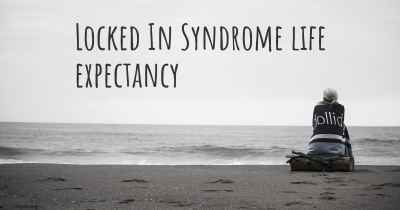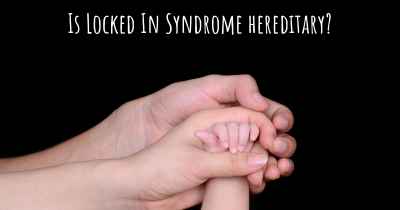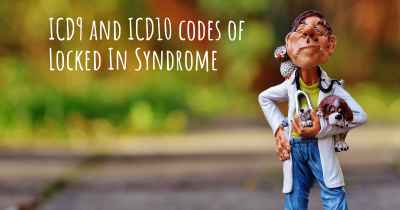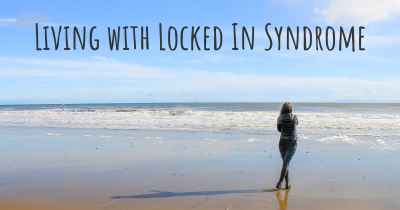How is Locked In Syndrome diagnosed?
See how Locked In Syndrome is diagnosed. Which specialists are essential to meet, what tests are needed and other useful information for the diagnosis of Locked In Syndrome
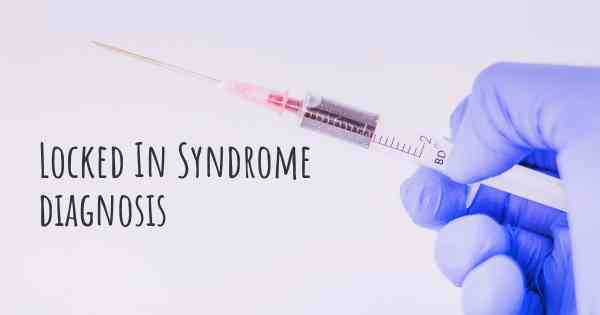
Locked-In Syndrome (LIS) is a rare neurological condition characterized by complete paralysis of voluntary muscles in all parts of the body, except for the eyes. Individuals with LIS are fully conscious and aware of their surroundings, but they are unable to move or communicate effectively. Diagnosing Locked-In Syndrome can be challenging due to the limited physical abilities of the affected person. However, several diagnostic methods are used to confirm the condition.
Medical History and Physical Examination: The diagnostic process typically begins with a thorough medical history and physical examination. The healthcare provider will review the patient's symptoms, onset, and progression of paralysis, as well as any underlying medical conditions or recent injuries that may have contributed to the syndrome. The physical examination may involve assessing muscle tone, reflexes, and sensory responses.
Neurological Evaluation: A comprehensive neurological evaluation is crucial in diagnosing Locked-In Syndrome. This evaluation may include various tests to assess brain function, such as:
- Electroencephalogram (EEG): This test records the electrical activity of the brain using electrodes placed on the scalp. It helps identify abnormal brain wave patterns that may indicate neurological dysfunction.
- Magnetic Resonance Imaging (MRI): An MRI scan uses powerful magnets and radio waves to create detailed images of the brain. It can help identify any structural abnormalities or damage that may be causing the paralysis.
- Computerized Tomography (CT) Scan: A CT scan combines multiple X-ray images to create cross-sectional images of the brain. It can provide detailed information about the brain's structure and detect any abnormalities.
Communication Assessment: Since individuals with Locked-In Syndrome are unable to speak or move, alternative methods of communication must be explored. Various communication assessments can be conducted to determine the person's cognitive abilities and potential for communication. These assessments may involve eye-tracking technology, brain-computer interfaces, or other assistive devices that allow the individual to select letters or words to form messages.
Electromyography (EMG): EMG is a diagnostic test that measures the electrical activity of muscles and nerves. It can help determine if there is any residual muscle function or if the paralysis is complete.
Confirmation of Diagnosis: Once other potential causes of paralysis and communication difficulties have been ruled out, a diagnosis of Locked-In Syndrome can be confirmed. It is essential for healthcare professionals to consider the patient's medical history, physical examination findings, neurological evaluations, and communication assessments to reach an accurate diagnosis.
Conclusion: Diagnosing Locked-In Syndrome requires a comprehensive approach that combines medical history, physical examination, neurological evaluations, and communication assessments. The use of advanced imaging techniques and alternative communication methods plays a crucial role in confirming the diagnosis. Early and accurate diagnosis is essential for providing appropriate care and support to individuals with Locked-In Syndrome.
